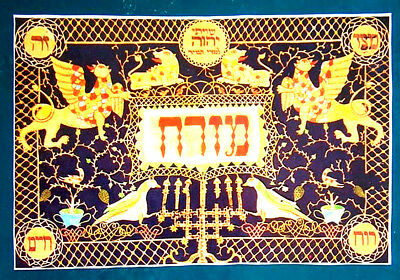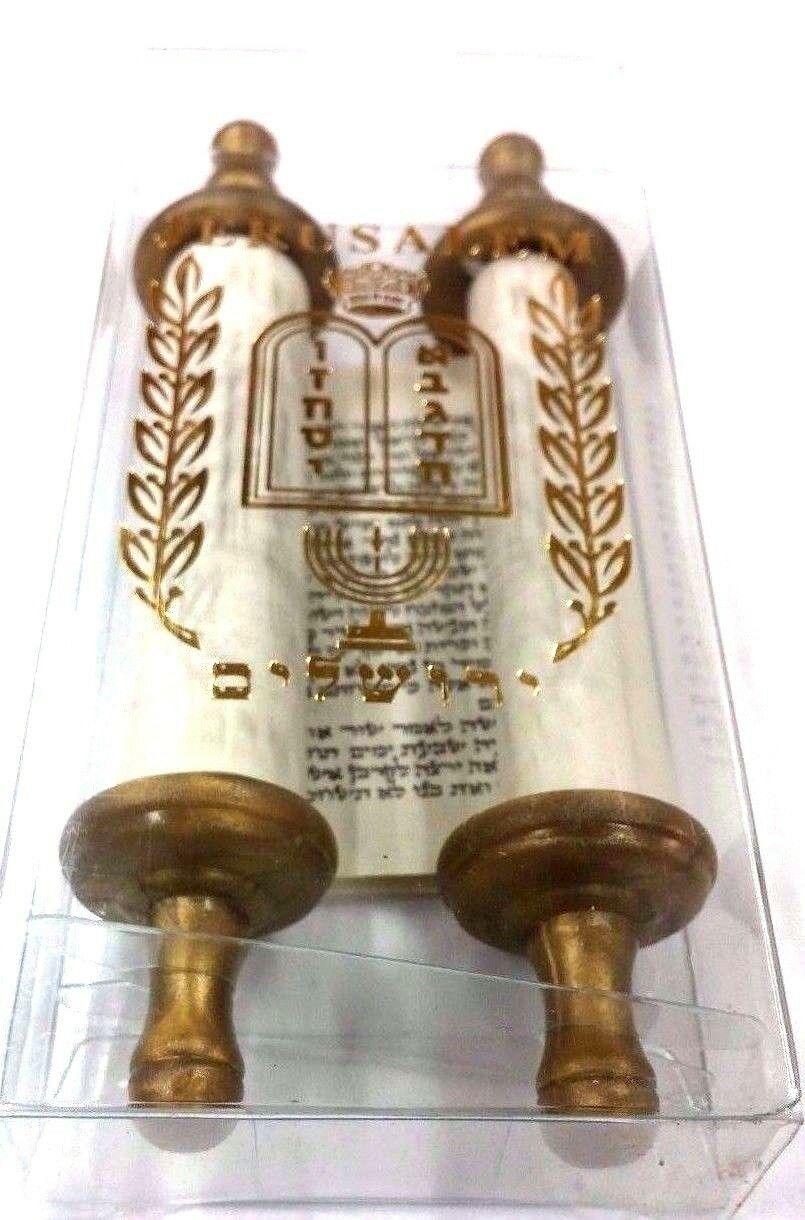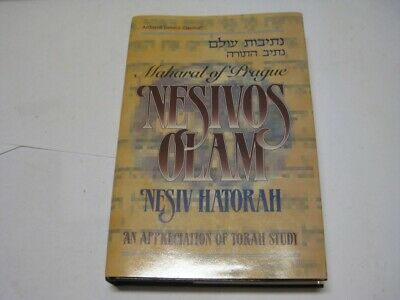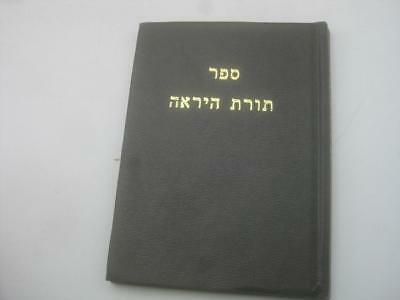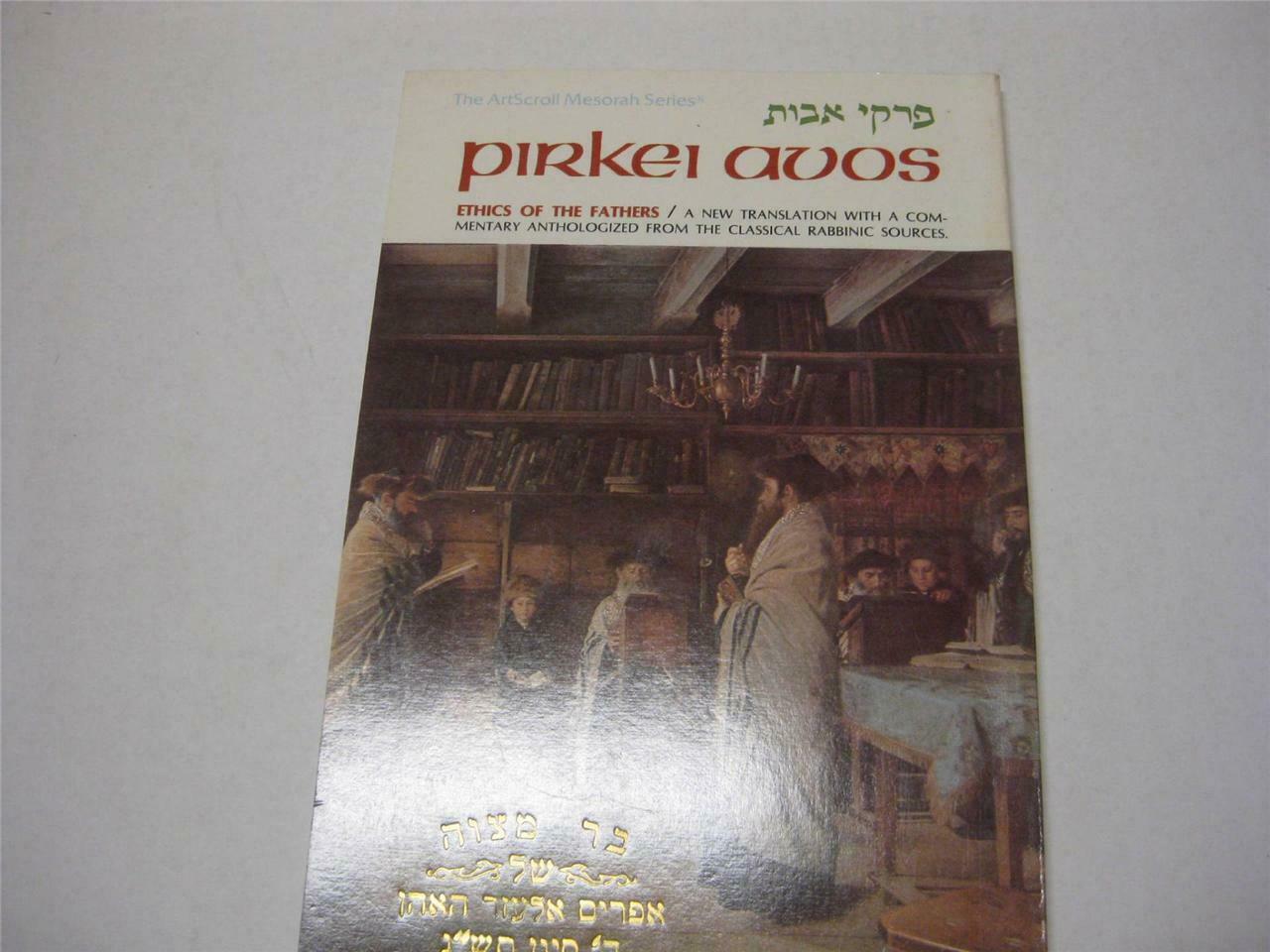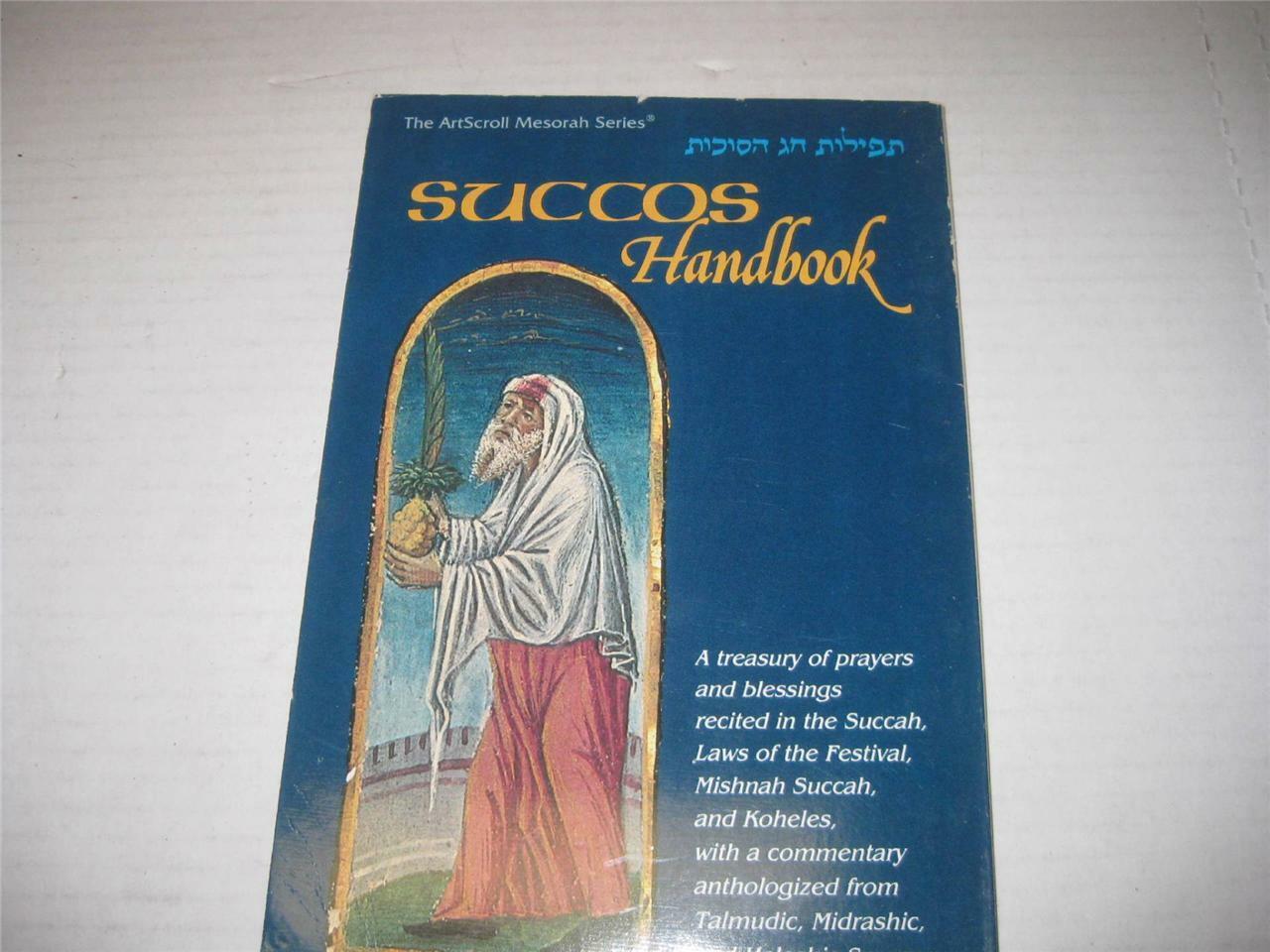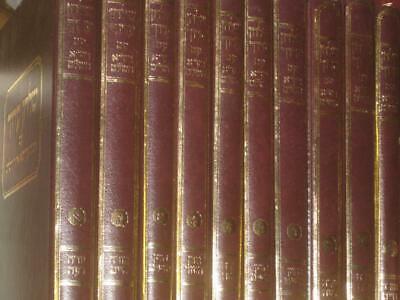-40%
Judaica JEWISH POLISH PAPER CUT Hebrew ART BOOK Judaica ISRAEL Shiviti MIZRACH
$ 44.88
- Description
- Size Guide
Description
DESCRIPTION:
Here for sale is the MOST ATTRACTIVE richly illustrated vintage ( 1980's ) BOOK-CATALOGUE regarding the Jewish Judaica papercut
( Paper-Cut ) art . Out of print and greatly sought after. With Hebrew and English text , This magnificent book is throughout ILLUSTRATED with numerous colored and B&W PLATES depicting the best of the JEWISH PAPERCUT ART
.
HC + Illustrated DJ. 12" x 9" . Around 150 pp.
PRISTINE condition. Mint. Practicaly unused
( Pls look at scan for accurate AS IS images ) . Will be sent inside a protective rigid packaging
.
PAYMENTS
: Payment method accepted : Paypal .
SHIPPMENT
:
Shipp worldwide via registered airmail is $ 25 . Handling around
5
days after receipt of payment. Book will be sent in a special protective rigid sealed package.
THE ART OF THE JEWISH PAPERCUT In his forward to this special collection, Professor Bezalel Narkiss, of Hebrew University in Jerusalem, explains that Jewish papercuts represent a unique art form, created by mostly anonymous folk artists. At first impression they resemble naive painting or a child's art. But one quickly realizes the complexity of the designs, and the knowledge involved in their composition. Narkiss hopes that Giza Frankel's celebration of this rare and disappearing art form will not only introduce it to the uninitiated and help researchers, but also inspire contemporary artists to revive and continue this rich tradition. The Jews became familiar with papercuts in Germany of the 17th century, where they were known as "Scherenschnitt" (scissor-runs). Austrian monks and nuns went on to create "Spitzenbilder", splendid "lace-pictures" of cut paper and the art was also known in Holland by the 18th century. But Jewish merchants probably met this form much earlier, in the 14th century, from travels to the Far East. Papercuts became most popular in the 19th century and into the early 20th. They were made exclusively by men: pupils in
heder
,
yeshiva
students, teachers (
melamedim
) and their assistants. Sometimes old men made papercuts in their spare time. Below are samples of some of the beautiful, full-color reproductions that appear in the hardcover book The MIZRACH (
Hebrew for "East"
) papercut above is rich in motifs from the animal world: pairs of eagles, deer, elephants, squirrels, roosters, birds, and lions. All are formed in the traditional style of Polish Jewish folk art of the 19th century. Similar motifs decorated the walls and ceilings of wooden synagogues in Poland in the 17th and 18th centuries. Its dimensions are 43x34 centimeters, and it is at The Israel Museum in Jerusalem. The 19th century SHIVITI above, from Galicia in Poland, is a particularly imaginative and unusual papercut. Of the four pairs of lions, one has human faces. The central geometric motif is very delicate and elaborate. Other motifs include the double0headed eagle, deer, and a pair of cocks. The text "I have set the Lord always before me" (Psalms 16:8) is distributed among the four round medallions. There is an interesting contrast between the tightly controlled, geometric pattern of most of the papercut, and a much freer, almost abstract painting on the black backgrounf, upper part of the sides.Its dimensions are 56.5x44 centimeters, and it is at the Einhorn collection in Tel-Aviv. This MENORAH (
Hebrew for "Lamp"
) is from late 19th century or early 20th century Morocco. Flanked by a pair of blessing hands, with a pair of fish above, the text is from the psalms. IT is the same text that appears in the "Shir Ha'ma'a lot" of Eastern Europe. Dimensions are 60x40 centimeters, and it is at The Wolfson Jewish Art Museum, at Solomon Hall in Jerusalem. This MIZRACH - SHIVITI is an early American papercut, well before the great wave of Jewish immigration (made in the U.S.A. in 1861; currently at The Skirball Museum, Hebrew Union College, in Los Angeles). Its dimensions are 25x18.5 centimeters, and the style is interesting because of the combination of precise geometric motifs with curved, floral ones. The upper frame contains a gate, presumably that of the Temple in Jerusalem. It carries the inscriptions: "This is the gate to God", and above it, in two separate medallions, "I have set the Lord always before me." The gate is flanked by two slender towers, with a flag on each, and inside the flags, there are small images of keys. At the base of the large Menorah, there are inscriptions, in Hebrew and in English, giving the name of the artist: Naphtali, son of Rabbi Moshe Hacohen (in Hebrew), and Phillip Cohen (in English). This SHEVUOSL from Poland illustrates, in its white center, the Tables of the Law, with the inscription "This Shevuoth Holiday", the Shield of David, and a menorah. These are surrounded by colored images of two columns, another menorah, lions, deer, squirrels (unusual), birds, and floral motifs within a geometric frame. The three letters inside the Shield of David are the initials of "Time (of the) Giving (of the) Torah".Papercuts were popular among the Jews of Poland and Russia in the 19th and 20th centuries. They were also known in Italy, Germany, Holland, North Africa and The Middle-East. Jewish paper-cuts represent a unique form of traditional folk art which had a special significance in the daily life of the community and of the family. They served as ornaments, as religious articles, and frequently took on the attributes of amulets. Most European papercuts were destroyed during the Second World War. Those which survived, are to be found in museums and private collections. This beautiful book contains over 50 reproductions of papercuts, in full color and with detailed descriptions in both Hebrew and English. The bilingual edition reviews origins, developments, and present conditions of this art..
About the author
: Dr. Giza Frankel, was an internationally renowned ethnologist. For over 50 years, she researched extensively papercuts, costumes, and crafts of Eastern-European Jews. Born in Poland, Dr. Frankel studied at Vienna and Lvov universities, and worked at The Department of Ethnology of The Lvov University until the late thirties. After World War 2, she served as the curator of The Warsaw Jewish Historical Institute Museum. Following her move to Israel in 1950 (with her children Zygmunt and Stella), she worked at The Haifa Museum of Ethnology and Folklore. Dr. Frankel authored many publications on the above subjects, and organized numerous exhibitions ebay71a(1)
